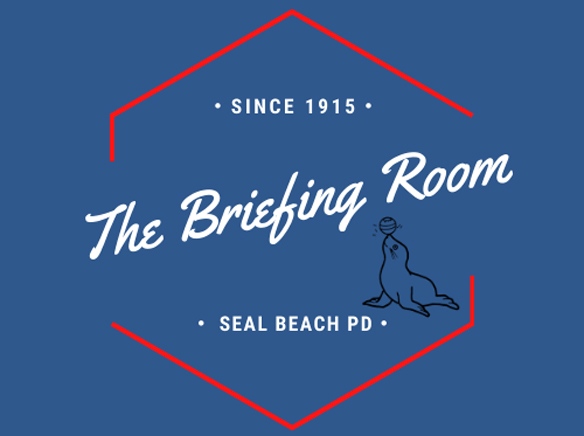By SBPD Sgt. Brian Gray
Note: Hi Seal Beach. This week’s article is guest-authored by Seal Beach Police Sergeant Brian Gray.—Capt. Nick Nicholas.
Have you ever wondered about those unassuming rubber hoses stretched across our local streets, seemingly appearing out of nowhere? Fear not, for these are not alien appendages or mysterious conduits of the unknown. They are, in fact, pneumatic road tubes, a crucial part of modern traffic management and data collection systems.
What are pneumatic road tubes?
Pneumatic road tubes are slender rubber tubes, usually black, that are laid across roadways to monitor and analyze traffic patterns.
These tubes are filled with air and are strategically placed in lanes, intersections, and other areas of interest for traffic engineers.
As vehicles pass over them, the tubes compress, creating changes in air pressure that are then detected by sensors.
How do they work?
The basic principle behind pneumatic road tubes is quite simple. Each tube is connected to a data collection unit at the roadside.
As vehicles pass over the tubes, the changes in air pressure are translated into electronic signals.
These signals are then sent to the data collection unit, which records the number of axles, speed, and sometimes the vehicle classification.
Why are they on our streets?
Pneumatic road tubes serve several important purposes:
1. Traffic Flow Monitoring: These tubes help authorities understand how traffic flows through specific areas, allowing for the optimization of traffic signal timings and the identification of congestion hotspots.
2. Vehicle Counting: By recording the number of vehicles passing over the tubes, city planners can gather valuable data for infrastructure planning and development.
3. Speed Measurement: Pneumatic road tubes can also be used to monitor vehicle speeds, aiding in enforcing speed limits and improving road safety.
4. Data for Decision-Making: The information collected from these tubes provides valuable insights into traffic patterns, helping city officials make informed decisions about road improvements, expansions, and maintenance.
Are they everywhere?
You might have noticed these tubes more frequently lately, as cities around the world are increasingly relying on data-driven approaches to manage traffic and enhance urban mobility. As our communities grow and technology advances, the use of pneumatic road tubes becomes an integral part of creating smarter, more efficient transportation systems.
So, the next time you spot these rubber hoses on your local streets, rest assured that they are not mysterious invaders but rather silent sentinels working diligently to keep our roads safer and our cities moving.
Thanks, Sgt. Gray, for this interesting information. Keep your questions coming Seal Beach! Email us at askacop@sealbeachca.gov today.—Capt. Nick Nicholas




